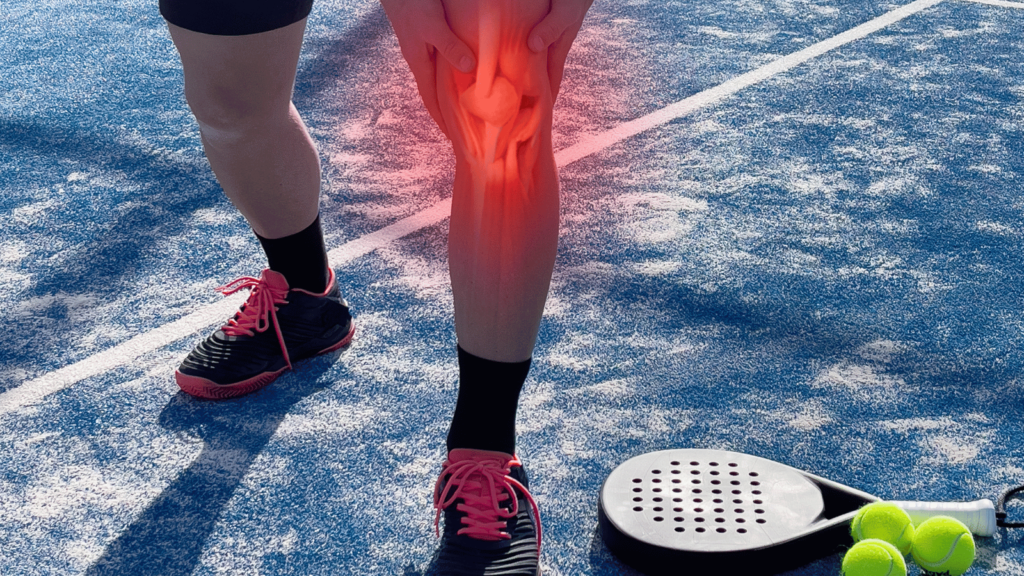Sports injuries are a common challenge for athletes of all levels. Whether you’re a weekend runner or a professional competitor, the right physiotherapy approach can make a huge difference in recovery and performance. Here’s an overview of how physiotherapy helps in managing sports injuries.
Common Sports Injuries
Some of the most frequent sports-related injuries include:
- Sprains and Strains: Overstretching or tearing ligaments and muscles.
- Tendonitis: Inflammation of tendons due to overuse.
- Fractures and Dislocations: Impact injuries that require careful management.
- Runner’s Knee and Shin Splints: Common in repetitive-motion sports.
Role of Physiotherapy in Sports Injury Recovery
Physiotherapists use various techniques to support recovery, including:
- Assessment and Diagnosis
A detailed assessment identifies the injury’s severity and underlying causes. - Manual Therapy
Techniques such as massage, joint mobilization, and manipulation help improve flexibility and reduce stiffness. - Exercise Rehabilitation
Customized exercise programs strengthen muscles, improve balance, and restore movement. - Electrotherapy
Modalities like ultrasound, TENS, and laser therapy can reduce pain and inflammation. - Taping and Bracing
These provide support to injured areas, aiding recovery and preventing re-injury. - Education and Prevention
Physiotherapists educate athletes about warm-up routines, stretching techniques, and movement patterns to reduce injury risks.
Preventing Future Injuries
- Warm-up and Cool-down: Proper preparation reduces muscle strain.
- Strength and Conditioning: Building core strength enhances stability.
- Rest and Recovery: Adequate recovery time allows the body to heal.
Conclusion
Physiotherapy plays a vital role in helping athletes recover from injuries and return to their sport stronger. By combining treatment with prevention strategies, athletes can stay active and minimize setbacks. If you’re dealing with a sports injury, consulting a physiotherapist can provide a structured path to recovery.


